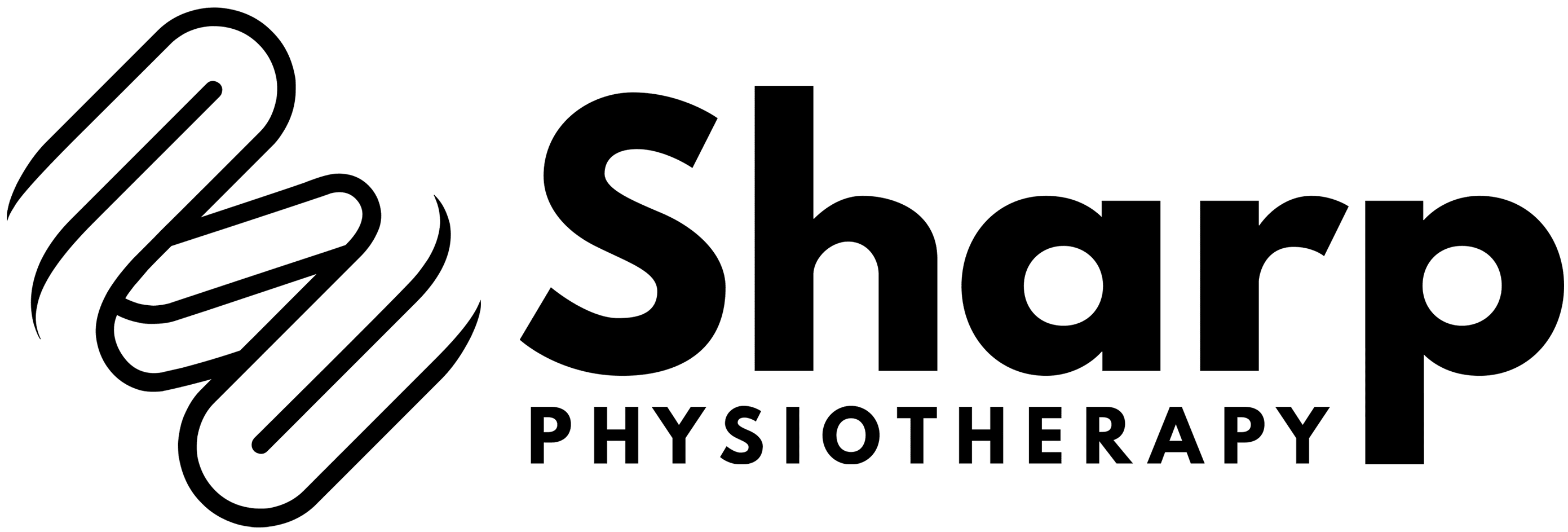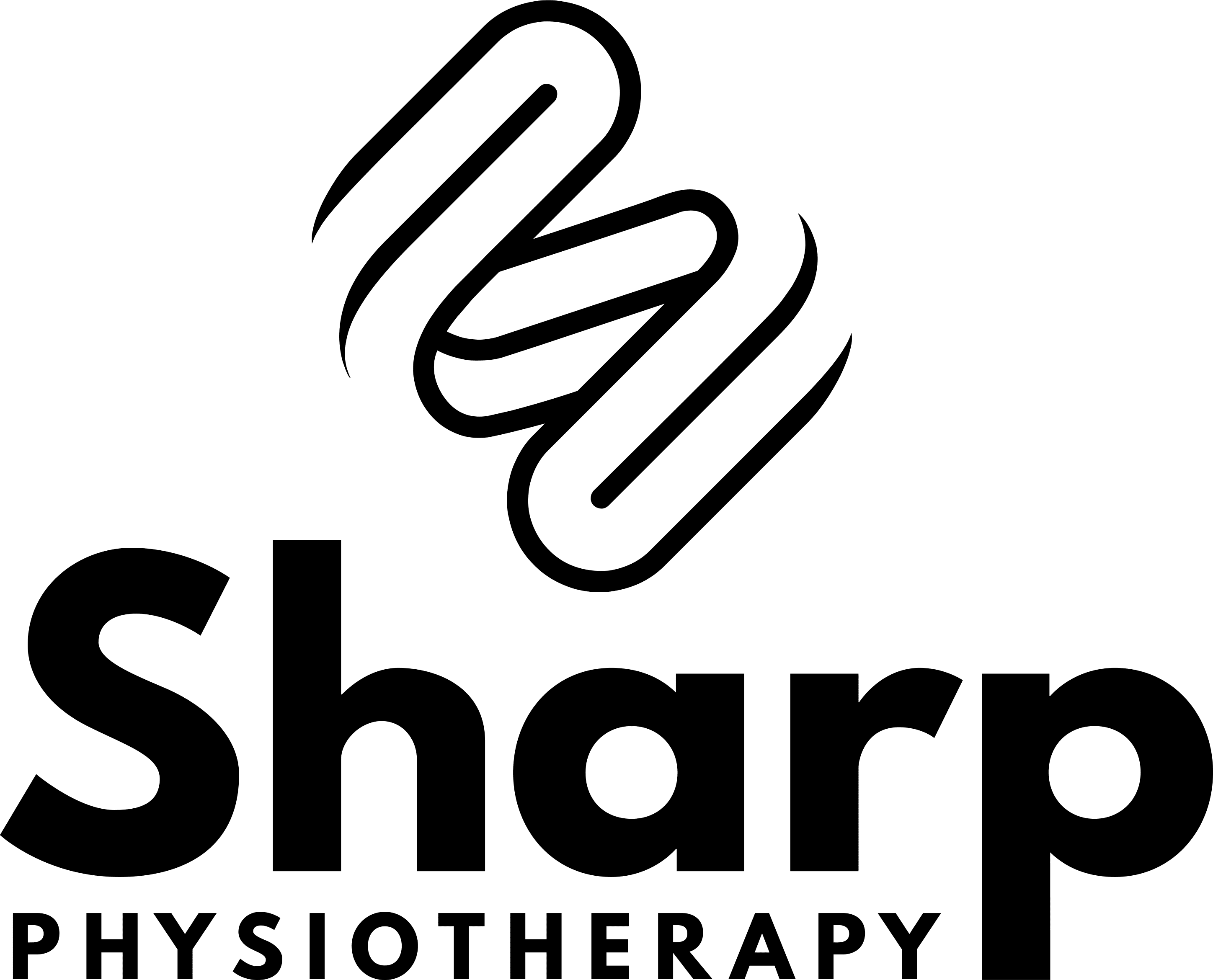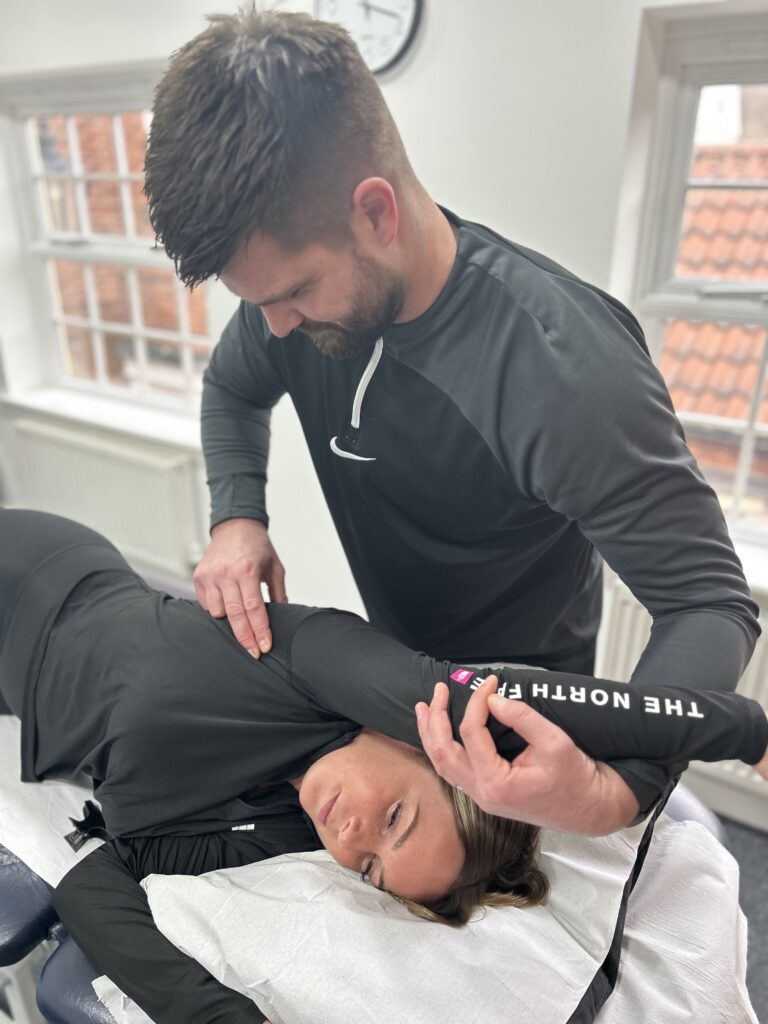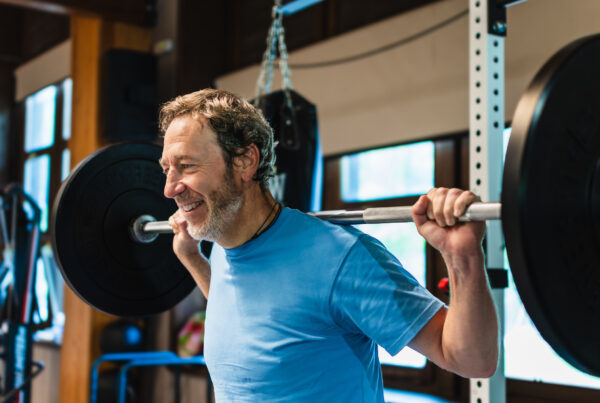Is It Time To Finally Put An End To Shoulder Impingement?
If you’re reading this blog, it is likely you or someone you care about may be experiencing the discomfort, pain, and limitations associated with shoulder impingement.
Whether you’re seeking answers to your symptoms, exploring treatment options, or simply looking for guidance on managing this condition, you’ve come to the right place.
Shoulder impingement, also known as subacromial impingement, is a common shoulder problem that affects people of all ages and backgrounds. It occurs when the tendons and bursa in your shoulder become irritated or inflamed.
In this blog post, we will look at causes, symptoms and explore both non-surgical and surgical approaches, providing you with the information you need to make informed decisions about your health.
Shoulder impingement, is a common shoulder condition characterized by the compression and irritation of the tendons, bursa, and other soft tissues within the shoulder joint.
This compression typically occurs in the space beneath the acromion, a bony structure at the top of the shoulder blade.
To understand shoulder impingement fully, it’s crucial to grasp the basic anatomy of the shoulder joint. The shoulder is one of the body’s most mobile and complex joints, consisting of three main bones:
- The humerus (upper arm bone)
- The scapula (shoulder blade)
- The clavicle (collarbone)
These bones come together to create the shoulder joint, supported by a network of muscles, tendons, ligaments, and bursa sacs. The rotator cuff, a group of four muscles and their tendons, plays a critical role in shoulder stability and function.
What Causes Shoulder Impingement & What Are The Symptoms?
Understanding what leads to shoulder impingement is key to its prevention and management. Several factors can contribute to the development of this condition:
- Muscle Imbalances: Weakness or imbalances in the shoulder muscles can alter the mechanics of the joint, contributing to impingement
- Structural Abnormalities: Anatomic variations, such as an osteophyte on the acromion, can create less space in the subacromial area, making impingement of the tendons and soft tissues more likely.
- Aging: As we age, changes in the shoulder joint, including degeneration and osteophyte formation can increase the likelihood of impingement.
Repetitive Overhead Movements: Activities that involve frequent reaching or lifting overhead, such as sports, manual labour, or certain job tasks, can increase the risk of impingement.
Shoulder impingement typically presents with a range of common symptoms, including:
- Pain: Pain, often described as a deep ache, is a hallmark symptom of impingement. It tends to worsen with specific movements, such as reaching overhead or behind the back.
- Painful arc: Pain is usually felt as you raise your arm from your side to a specific angle, often around 60 to 120 degrees of shoulder abduction, although the exact range can vary from person to person.
- Weakness: You may experience weakness in the affected shoulder, which can impact your ability to perform routine tasks.
- Pain at Night: Many individuals with shoulder impingement report increased pain and discomfort, particularly when lying on the affected side.
”A quote about something here from someone about something that may or may not relate to this article.
When Should You See A Physio?
A prompt and accurate diagnosis of shoulder impingement is essential for several reasons. A physiotherapist can provide an accurate diagnosis and identify the underlying cause of your pain.
A proper diagnosis allows for the development of a tailored treatment plan and an early diagnosis can prevent the condition getting worse and potentially requiring more invasive interventions such as a rotator cuff tear.
During your consultation, your physiotherapist will undertake a comprehensive assessment to pinpoint the cause of your symptoms and begin treatment right away. Here’s what to expect on your first appointment:
- Medical History: Your provider will begin by discussing your medical history, including any previous shoulder injuries, chronic conditions, and a detailed description of your current symptoms. Be sure to provide as much information as possible, including when the pain started and any activities or movements that exacerbate or improve it.
- Physical Examination: A physical examination is a crucial component of the evaluation. Your healthcare provider will assess your shoulder’s range of motion, strength, and any signs of inflammation or tenderness in the affected area. They will perform specific tests to reproduce your symptoms, helping confirm the diagnosis.
- Plan Of Action: When the assessment has finished, your therapist will discuss with you your assessment findings and treatment options that are available. This is to ensure you have a clear roadmap of how we are going to mend your shoulder.
- Treatment: Once the assessment has finished and management plan has been discussed, hands on treatment will commence. This will consist of various manual therapy techniques and stretching. Any home exercises required will be shown within the session and videos sent to you via email.
- Further Investigation: In most cases of shoulder impingement, further investigation is not required. However, in severe cases or where conservative treatment has not been effective, diagnostic imaging may be required. In this instance, your physiotherapist will write/ liaise with your GP or private insurance company to arrange this.
What Is The Best Way To Treat Shoulder Impingement?
The choice of treatment depends on the severity of your condition, your specific symptoms and your assessment findings. No two injuries are the same!
Non-surgical or conservative treatments are often the first line of defence against shoulder impingement. These approaches aim to alleviate pain, reduce inflammation, and improve shoulder function without the use of injections or surgery.
- Rest and Activity Modification
In many cases, simply resting the affected shoulder and avoiding activities that exacerbate symptoms can provide relief. Your therapist may recommend modifying your daily routines to minimize irritation to the shoulder
- Manual Therapy.
Hands on treatment plays a central role in the management of shoulder impingement. A skilled therapist will often improve your symptoms within the session.
- Specific Rehab Exercises
A skilled therapist can design a personalized exercise program to Improve shoulder strength and stability, enhance range of motion and correct posture and imbalances.
- Home Care and Self-Help Strategies
Several self-care strategies will complement hands on treatments and speed up the recovery process:
- Cold and Heat Therapy: Applying ice or heat to the affected area can help reduce pain and inflammation.
- Shoulder Exercises: Performing prescribed exercises at home can help maintain shoulder mobility and strength.
If conservative treatments do not provide sufficient relief, or if the condition has significantly progressed, surgical intervention may be necessary. Surgical options for shoulder impingement may include:
- Arthroscopic Subacromial Decompression (ASD)
ASD is a minimally invasive surgical procedure performed using arthroscopy. It involves removing or reshaping the bone and tissues causing impingement in the subacromial space, thus creating more room for the tendons and reducing irritation.
- Rotator Cuff Repair
In cases where impingement has led to a torn rotator cuff, surgical repair of the tendon may be necessary. This procedure aims to reattach or repair the torn tendon.
Regardless of the chosen treatment approach, rehabilitation is a crucial component of shoulder impingement management.
Your therapist will guide you through the recovery process, including exercises to gradually restore strength, range of motion, and function to the shoulder.
It is worth noting that shoulder impingement is a very common injury that we treat at Sharp Physiotherapy and most cases will respond quickly to treatment and make a full recovery without the need for injections or surgery.

Joe Sharp is the Clinical Director and Founder of Sharp Physiotherapy. With over 6 years of experience in private practice and a background working in professional football, Joe brings a practical, performance-driven approach to physiotherapy. As an HCPC-registered physiotherapist, he is passionate about delivering clear, effective treatment and helping patients stay active, mobile, and confident in their recovery.
Meet the Sharp Physiotherapy Team | Connect with Joe on LinkedIn
